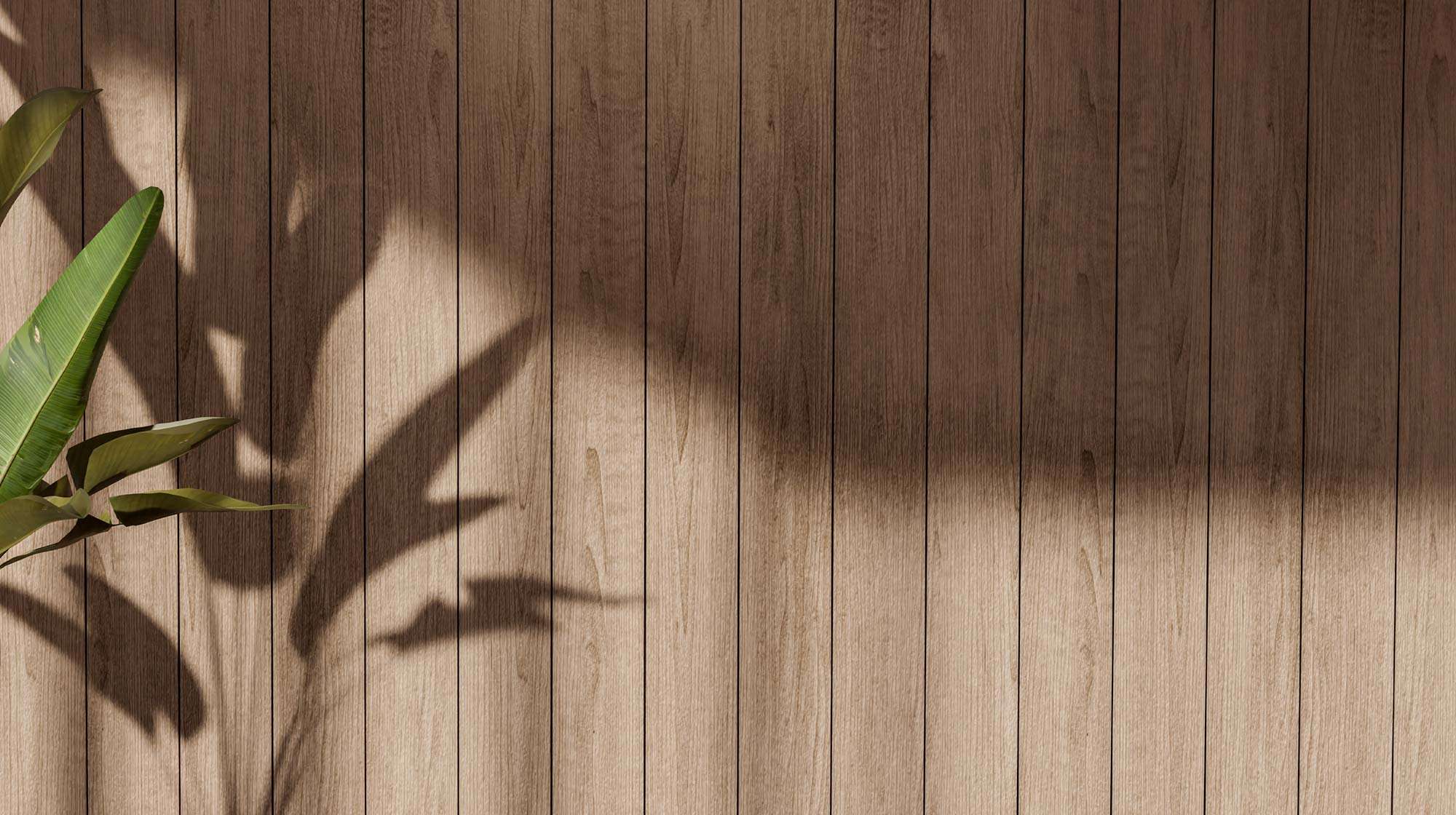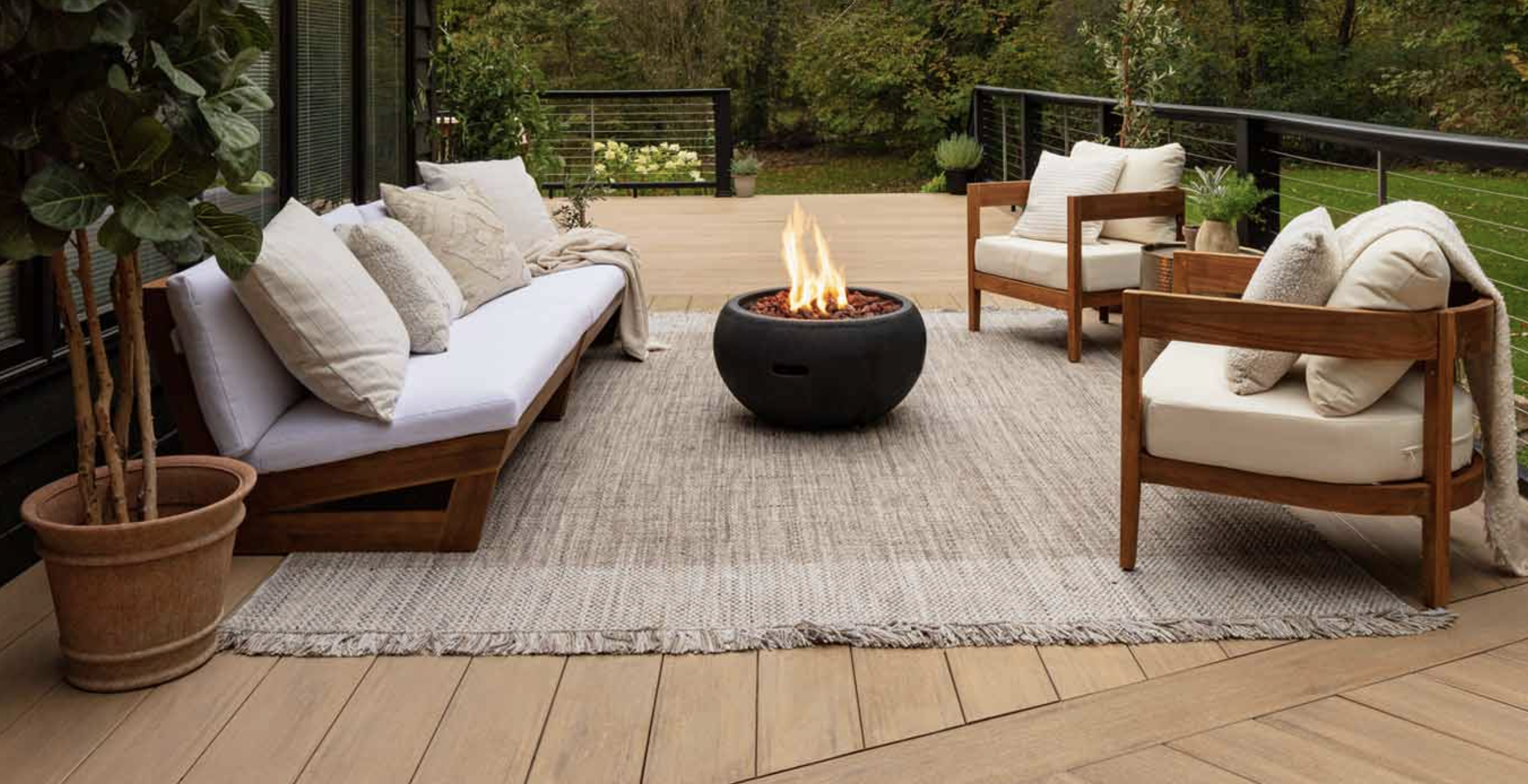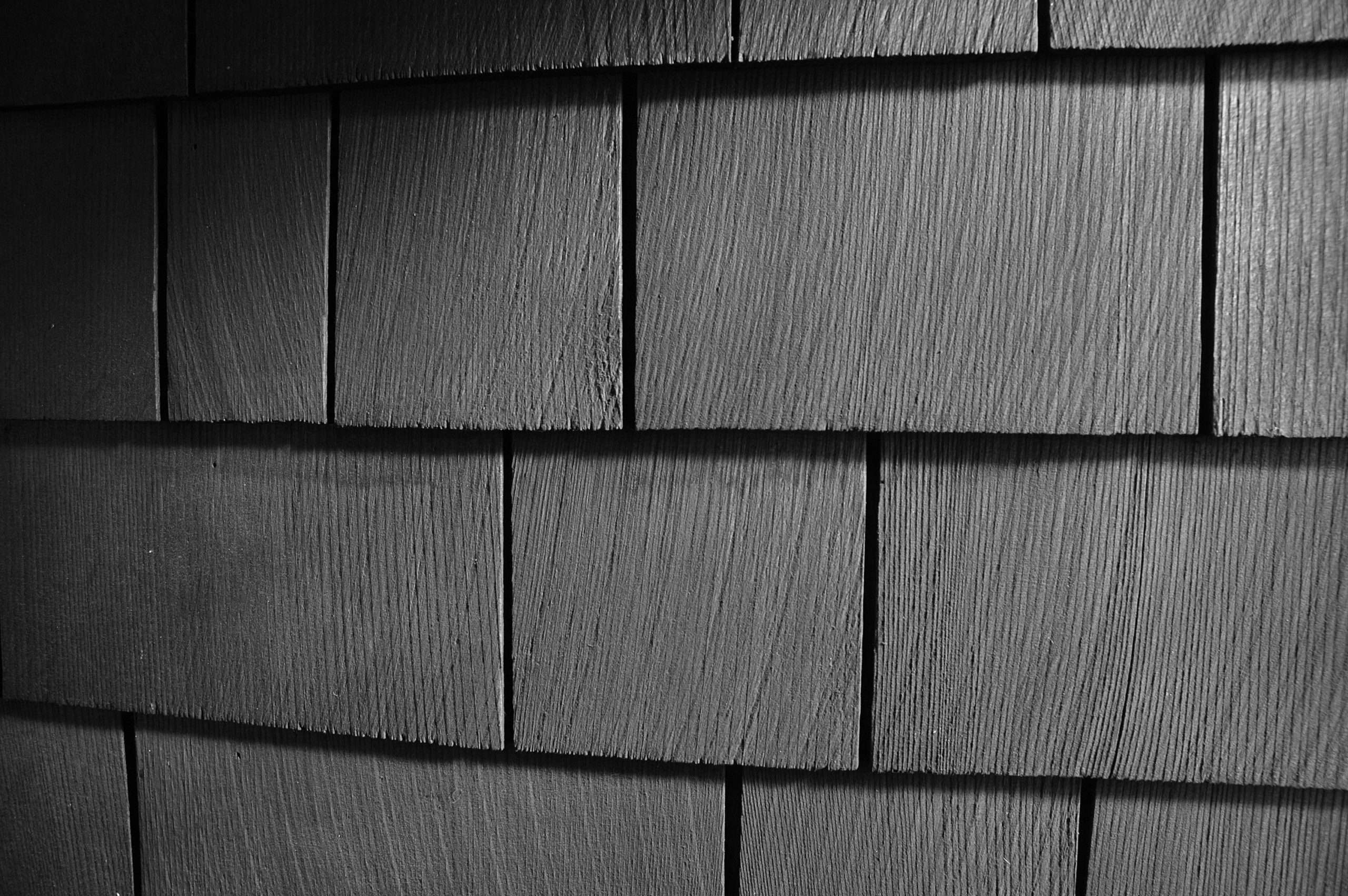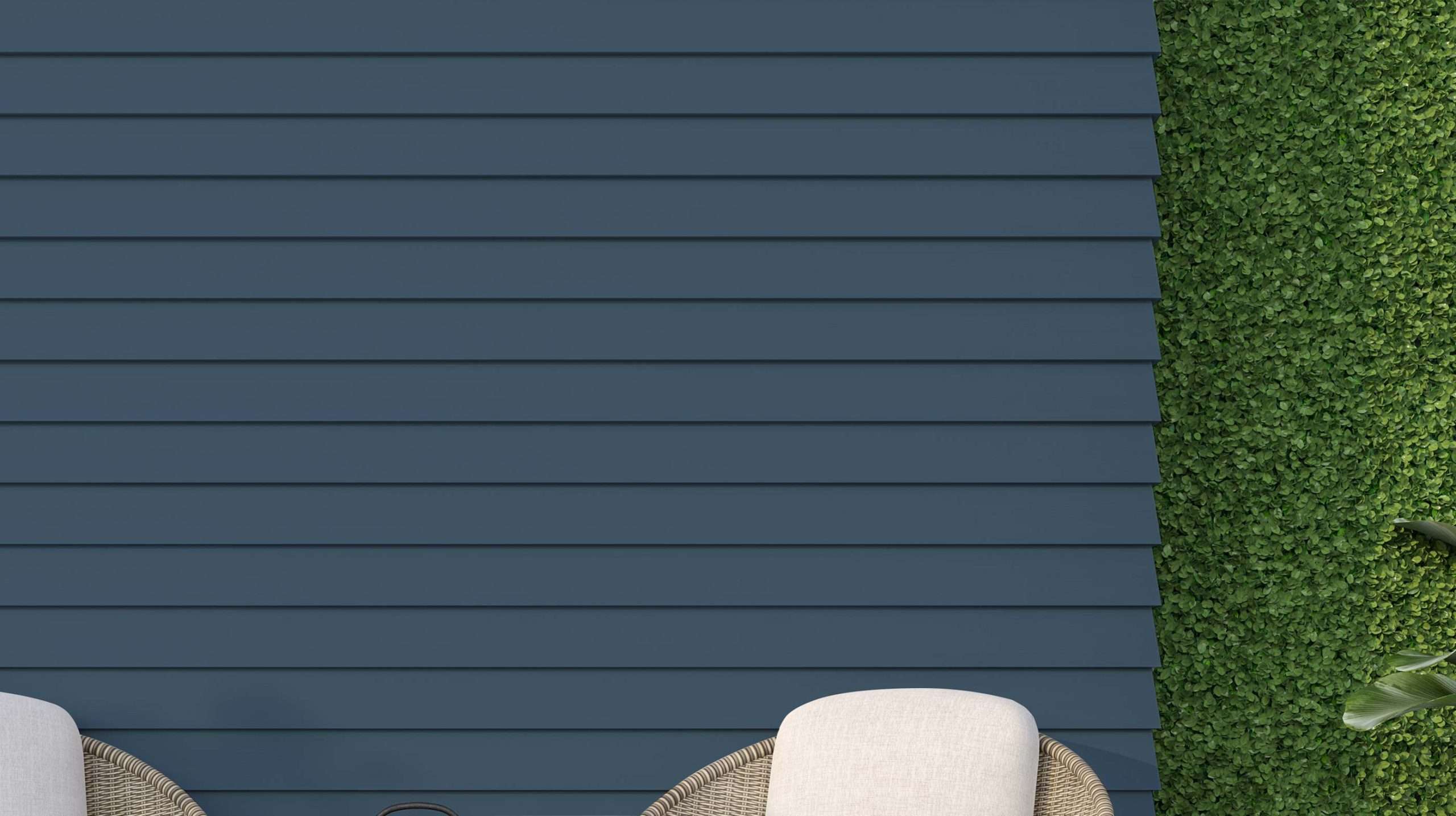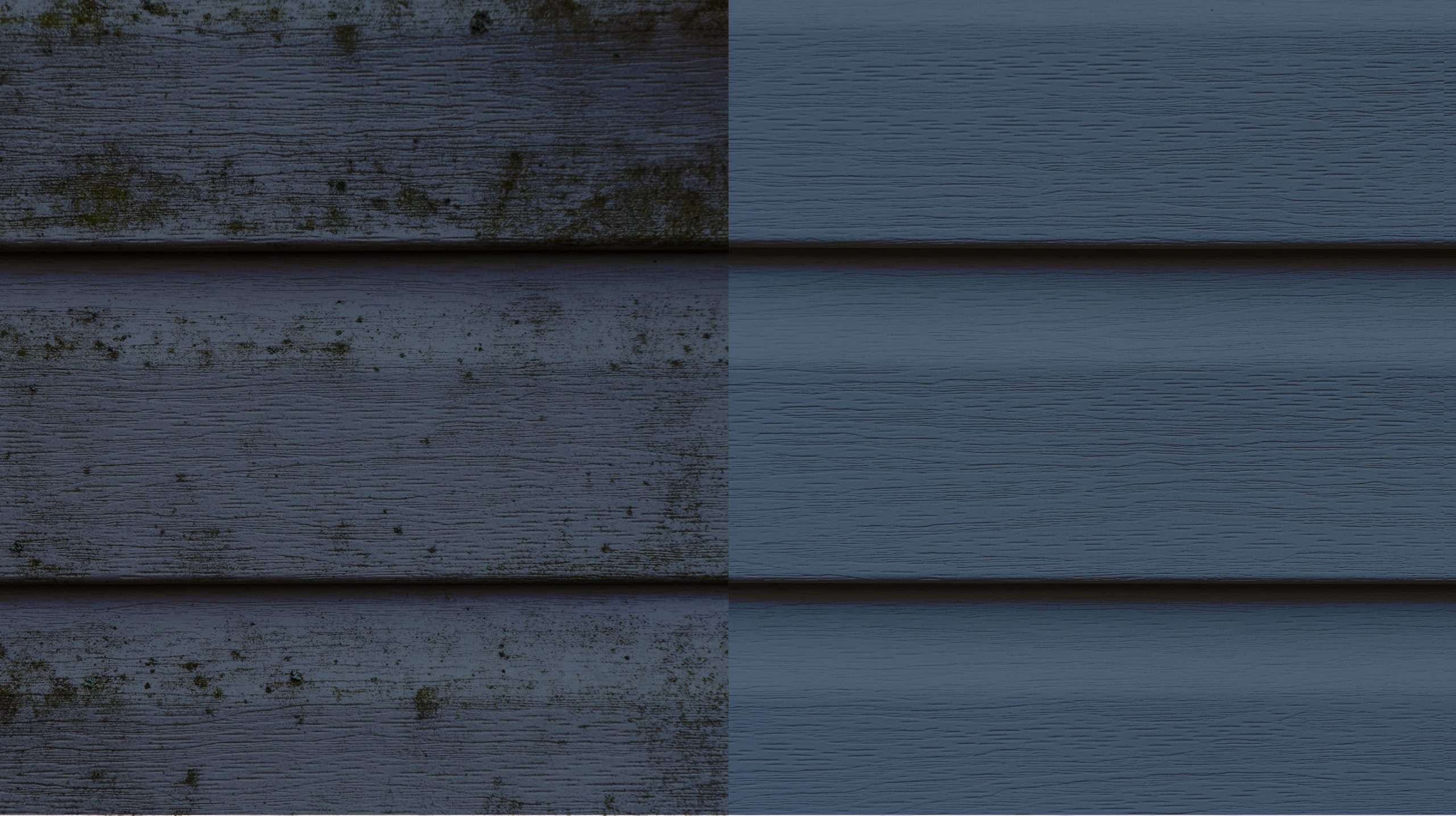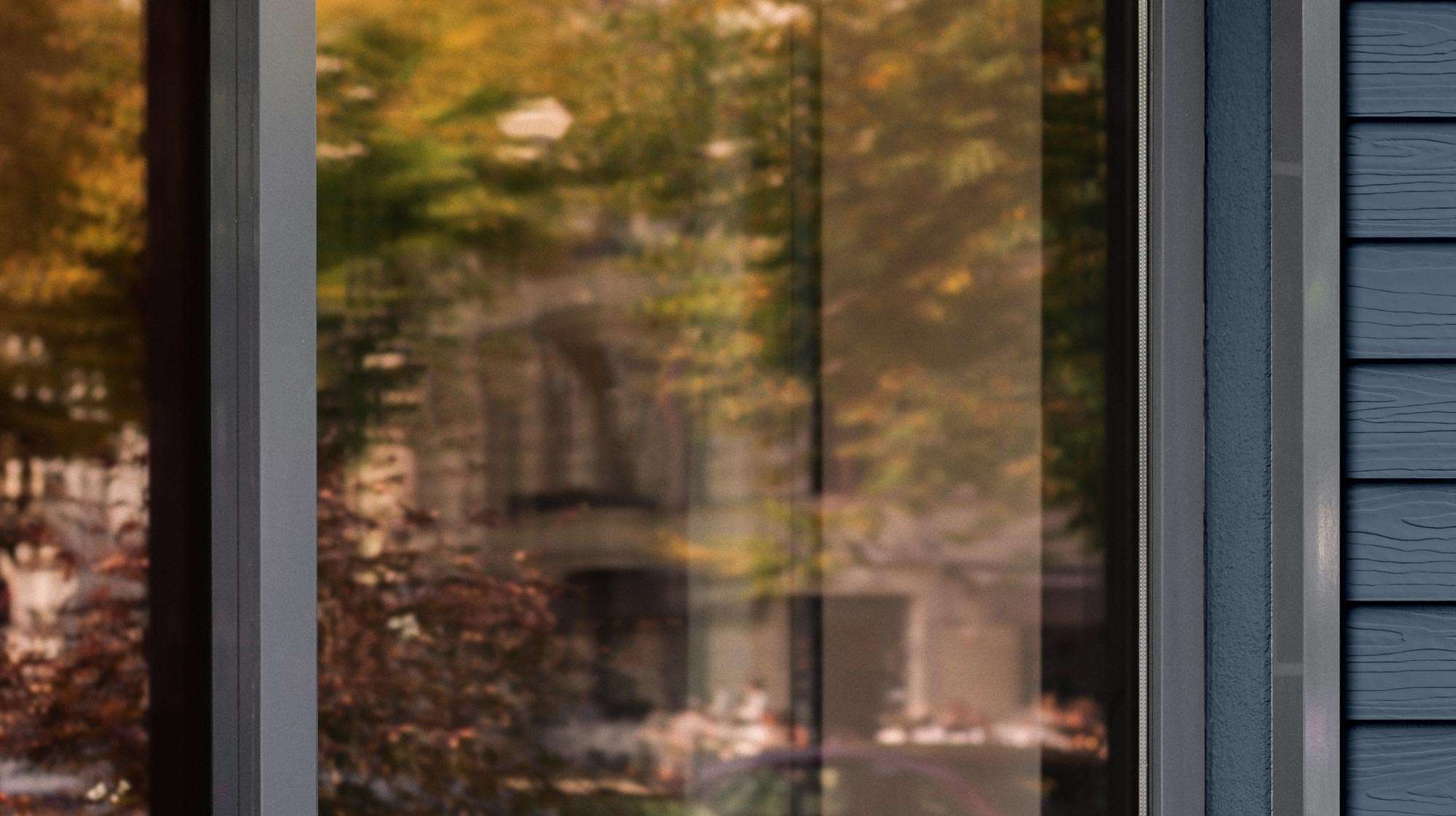Lyrics (sing along!)
“You're as colorful as a rainbow
You're as bright as the moon…”
– Meghan Trainor, Rainbow (2022)
Do you want to make your home colorful as a rainbow? Bright as the moon?
Some may say with full heart - YES! Others may cringe at that statement. Understanding the nuances of the color spectrum can greatly assist in selecting the perfect paint color for any space, whether it's a cozy living room or a welcoming home facade. The color you choose has the power to transform a space.
Table of Contents
- The Basics of the Color Spectrum
- Warm Colors in Interior and Exterior Design
- Cool Colors for Calm and Serenity
- Neutral Colors for Flexibility and Elegance
- The Psychological Impact of Color
- Trends vs. Timelessness
- Conclusion
The Basics of the Color Spectrum
The color spectrum encompasses all the colors that the human eye can see, ranging from red to violet. It's the same range of colors you see in a rainbow. Colors in the spectrum can be categorized into warm colors (reds, oranges, yellows) and cool colors (greens, blues, violets).
Warm Colors in Interior and Exterior Design
- Interior Use: Warm colors are often used in interior spaces to create a sense of comfort and warmth. They can make large, sparse rooms feel more intimate and cozy. For instance, a living room with a soft peach or a sunny yellow can feel inviting.
- Exterior Use: On exteriors, warm colors like rich reds or earthy browns can make a home stand out and appear more welcoming. They work well in colder climates as they visually convey warmth.
Cool Colors for Calm and Serenity
- Interior Use: Cool colors are known for their calming and soothing effects. Shades of blue and green are ideal for bedrooms and bathrooms where relaxation is key.
- Exterior Use: Cool colors like light blue, gray, or sage green can give a home a modern, serene appearance. They are particularly appealing in warmer climates as they create a visually cooling effect.
Neutral Colors for Flexibility and Elegance
- Neutrals: These include whites, beiges, grays, and blacks. Neutral colors are versatile and can either stand alone or serve as a backdrop for bolder colors.
- Versatility in Use: In both interiors and exteriors, neutrals can create an elegant, timeless look. They are also excellent for highlighting architectural details and can easily be paired with any color for accents.
The Psychological Impact of Color
Colors not only change the look of a space but also impact how we feel in it. For example, blues are calming, reds are stimulating, and greens are restorative. When choosing paint colors, consider the mood you want to create. A kitchen might benefit from energetic colors like yellow, while a study might be better suited to the concentration-enhancing qualities of green.
Trends vs. Timelessness
While it’s tempting to follow color trends, remember the longevity of your color choice, especially for exteriors. Trendy colors may look dated after a few years, whereas classic colors maintain their appeal over time.
Conclusion
The color spectrum is a powerful tool in the realm of interior and exterior painting, offering a diverse palette to suit every style and purpose. With the proper tools and assistance form Rogall + Co., you will be able to find a color that makes you fall in love again every time you see it.


